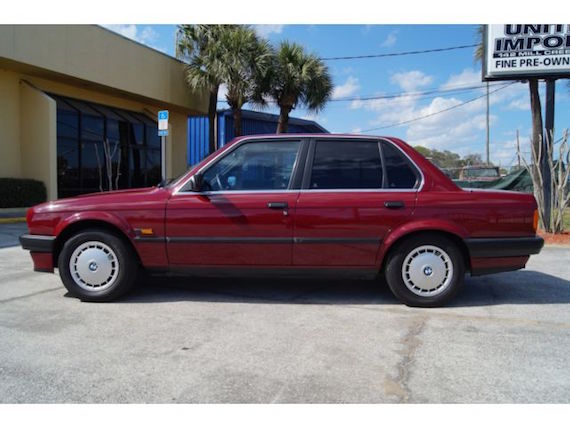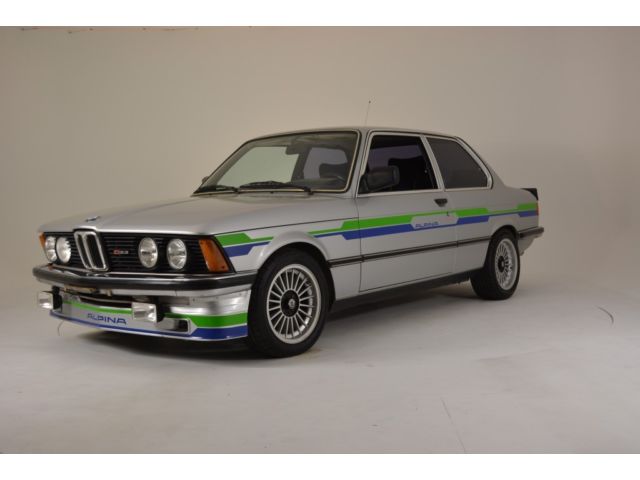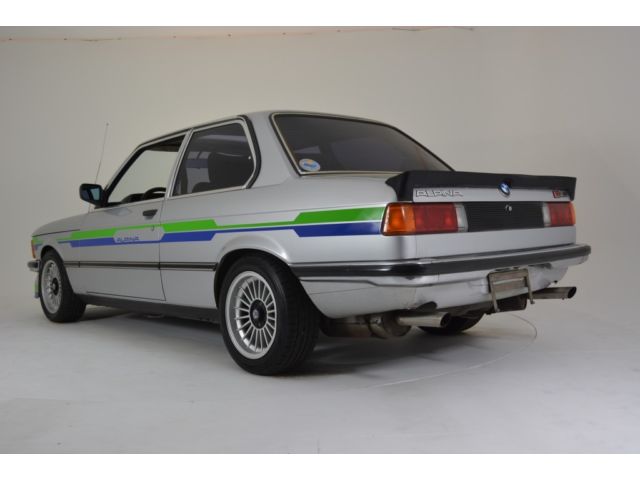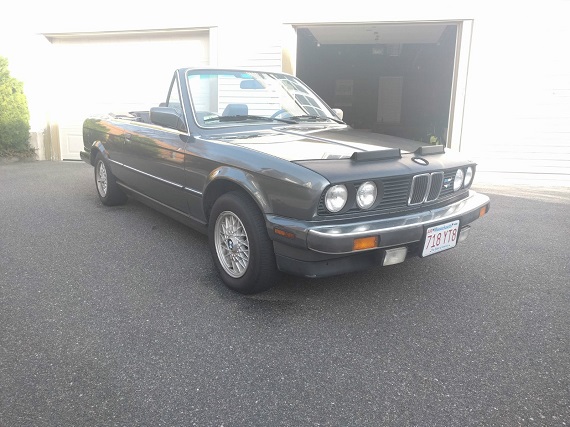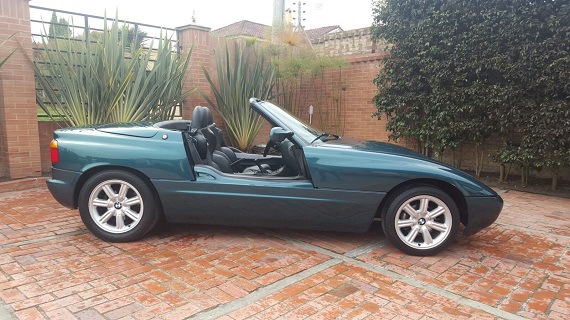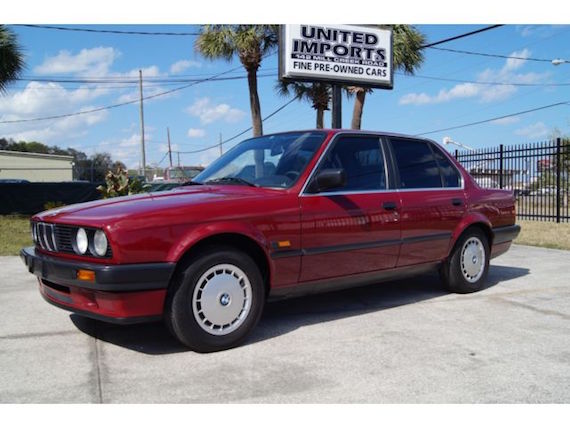
Even with automatics, I love perfect examples of old bimmers, and this 20k-mile 320i is no exception. It has lived most of its life in Japan but is thankfully still LHD. The island life has kept its use regular but minimal, resulting in the extremely low amount of miles. It’s a beautiful example of the E30 sedan and would make a great daily driver with a pay-no-mind transmission deciding how to best use the most diminutive M20, a teacup 2.0-liter inline-6. The seller is hoping for strong E30 money even though it’s a basic model, but that’s to be expected when the car has traveled roughly one American’s yearly miles over a quarter century.
Tag: M20
April 2017 update: The seller of this car has relisted it HERE!
It’s very interesting to me to look back and compare the 1980s offerings from the big three luxury producers in Germany. In many ways, BMW lagged behind the competition early on. Audi launched the B2 chassis in 1980, and it revised the standards of the near luxury market for Germany. There were diesel and gas motors, two or four-door configurations, and even a wagon from sister company Volkswagen. But the real addition gearheads loved was the wide-winged turbocharged and all-wheel drive Quattro, the first of the hot versions that would come to the market for junior executives. Indeed, it was the Quattro that changed the future of the W201, as Mercedes-Benz changed the mission of the future 190E 2.3-16 Cosworth from rally to circuit racer. So, Mercedes-Benz had a track version of the W201, and it also set the standard in build quality. Bringing those reputations to the small luxury market meant a whole new class of clientele and the W201 was massively successful thanks to a bunch of factors. While VAG produced about 1.6 million B2 chassis cars between 1976 and 1987, an amazing 1.8 million W201s made it to market. Those successes put more pressure on BMW, and it responded.
The E30 was without doubt the sportiest of the three out of the box, and just like the B2 is was amazingly versatile. There were sedans and 2-door sedans, and BMW was able to match the Volkswagen Passat with a Touring offering. Hot shoes liked the addition of the Motorsports division M3, which not only met the challenge of the Quattro and Cosworth but exceeded it by nearly every measure. Build quality was great but performance was even greater. But BMW wasn’t done, as it took the versatility – and the small executive market – to a new level. Not satisfied with the diversity of the range already, the Munich engineers introduced a trump card over its rivals by removing the roof. An often overlooked development in the hot E30 market, the ic models would set the standard and demand responses from its rivals.
CLICK FOR DETAILS: 1987 BMW 325ic on eBay
1 CommentBMW took a big leap at the end of the 1980s and introduced some pretty extreme design language. First was the E31 8-series, a seeming quantum leap from the outgoing 6-series. That chassis pioneered, for better or worse, a tremendous amount of technical and electronic innovation for BMW. Side by side with the more famous Grand Tourer though was a diminutive roadster BMW produced based heavily on the E30 chassis. Instead of a heavy reliance on computer technology, the futuristic (hence Z for the German word for future – Zukunft) plastic bodied Z1 looked like a supercar even if it didn’t go like one. Park one next to a E30 convertible and you’d never know the two are related! They never made it to U.S. shores and only around 8,000 examples were ever produced, but surprise! They’re 25 years old now….
CLICK FOR DETAILS: 1991 BMW Z1 on eBay
1 CommentCalling Baur a tuner isn’t really very fair, but since we don’t have a separate category for semi-aftermarket carriage works, it will fit in. Baur worked in conjunction with a few manufacturers – most notably BMW, though a few Audi fans will remember that they were responsible for construction of the Sport Quattros too and they assisted in the assembly of the Porsche 959 as well. Much like Porsche originally started as, they were linked to the factory efforts due to their high level of unique production capability. That manifested itself in limited run models that required special construction – such as the Sport Quattro and 959 – but what most enthusiasts will remember are the multiple 3-series Cabriolet models produced through Baur. These were offered through dealers as an expensive option and to this day remain a very unique expression of Munich motoring:
